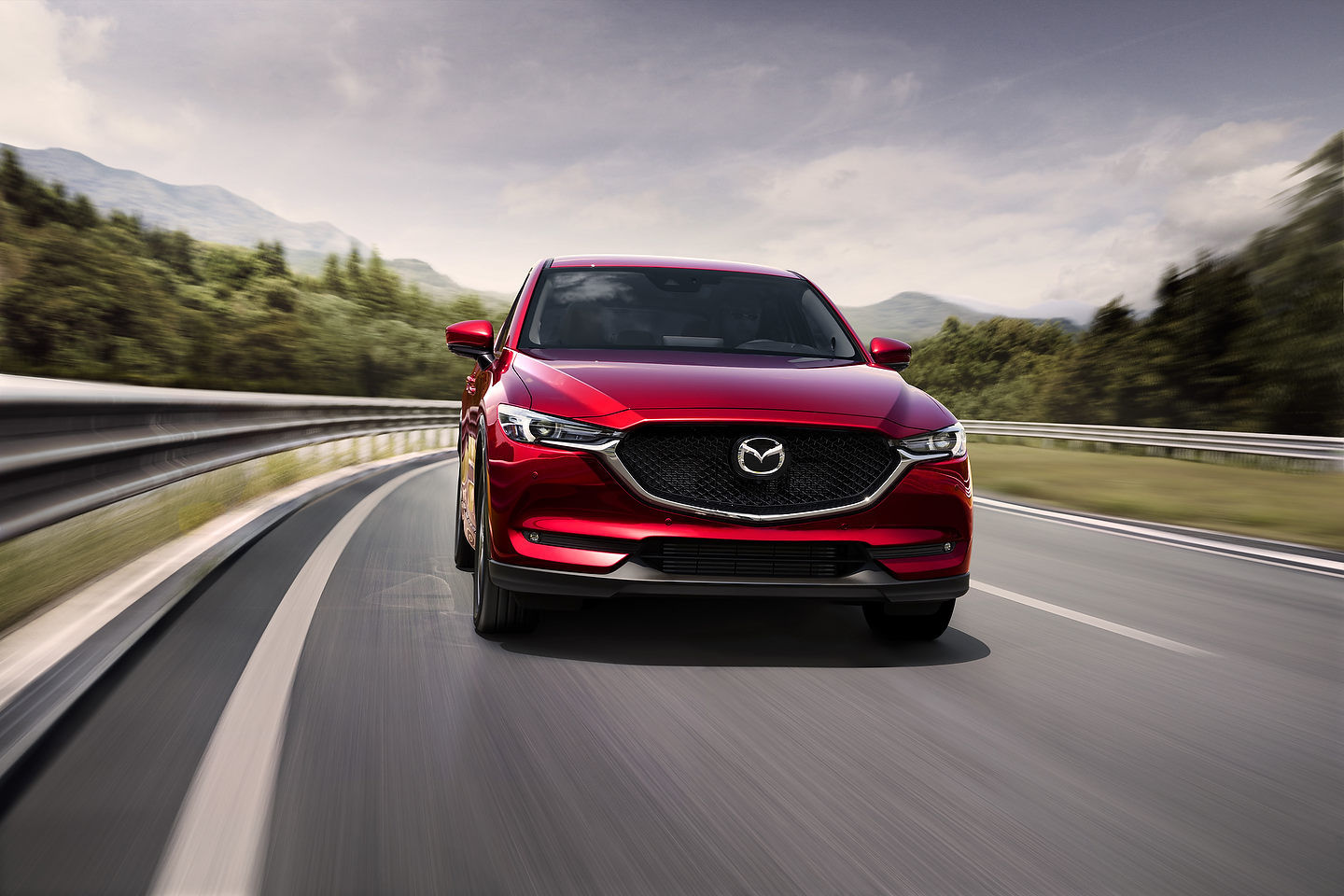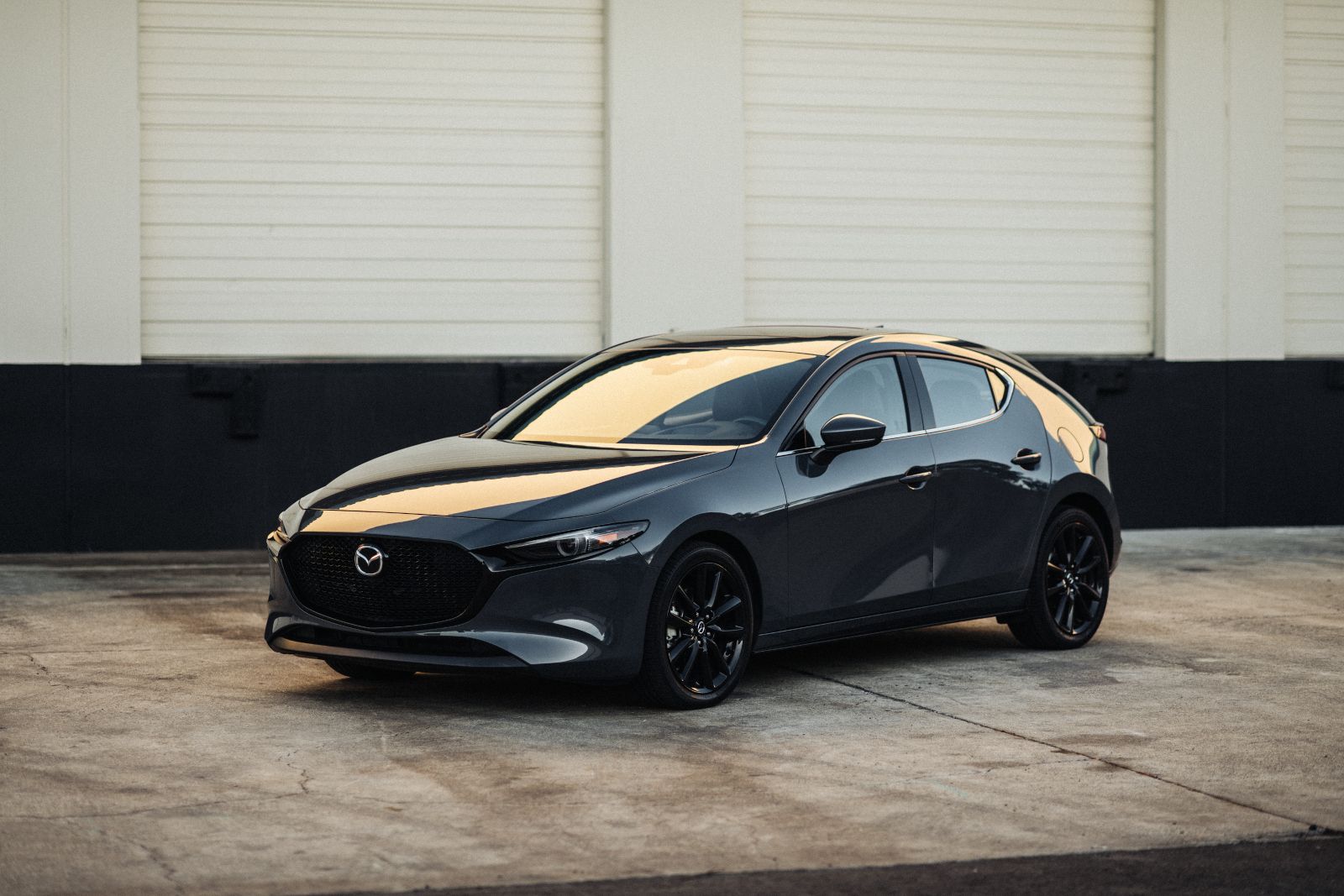Mazda CX-5 2021 vs. Honda CR-V 2020: Better Performance, More Fun
October 29 2020,

The CX-5 offers a compact crossover experience with excellent power, response, and technology. The available turbocharged engine delivers up to 320 lb-ft of torque, and performance systems such as G-Vectoring Control make driving more fun. It's also one of the most stylish crossovers, with futuristic lines and design features that turn heads wherever it goes. These qualities and more have made CX-5 driver very happy, but they also make the competition nervous.
The illustrate the CX-5's features, we compare it to the 2020 Honda CR-V, a close competitor.
The 2021 Mazda CX-5 adds serious performance and fun
The CX-5's two engine options cover a range of needs that make the CX-5 a great choice. The GX, GS, Kuro and GT include a 2.5-litre four-cylinder that produces 187 horsepower and 187 lb-ft of torque. If you want more out of the CX-5, the Signature, 100th Anniversary and GT (optional) offer a turbocharged 2.5-litre four-cylinder that produces up to 250 horsepower and 320 lb-ft of torque. When used with 87 octane fuel, it still maintains 227 horsepower and 310 lb-ft of torque.
All models pair with a six-speed automatic transmission that features manual shift mode and a drive selection switch. Models with the turbocharged engine also include paddle shifters.
The CR-V only offers one engine, a turbocharged 1.5-litre four cylinder. Although it has three more horsepower than the CX-5's naturally aspirated engine, it has eight less lb-ft of torque. Moreover, the continuously variable transmission is much less sporty and fun to drive than the CX-5’s driver-oriented transmission.
Finally, the CX-5 offers a 2,000 lb towing capacity. The CR-V falls short with 1,1500 lb.
Overall, the CX-5 delivers a much better engine option and performance controls.
Advanced handling technology in the 2021 Mazda CX-5
The CX-5 backs up its powerful engines with technology that increases agility. G-Vectoring Control manages power delivery and vehicle weight through turns, adding to a less stressful experience from forces created in the process. This feature opens up more spirited driving opportunities, and it's something you won't find in the CR-V.
Mazda's i-Activ AWD integrates 27 sensors that operate 200 times per second to monitor road and other conditions. It complements G-Vectoring Control by sending torque to wheels with the best grip, maintaining best possible traction around turns.
You can shop for your car online with us. Our representatives are waiting for your call and can answer all your questions.





